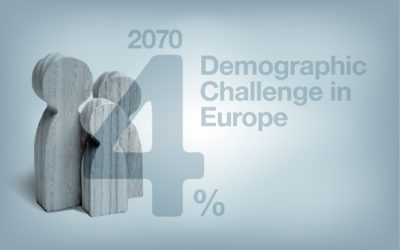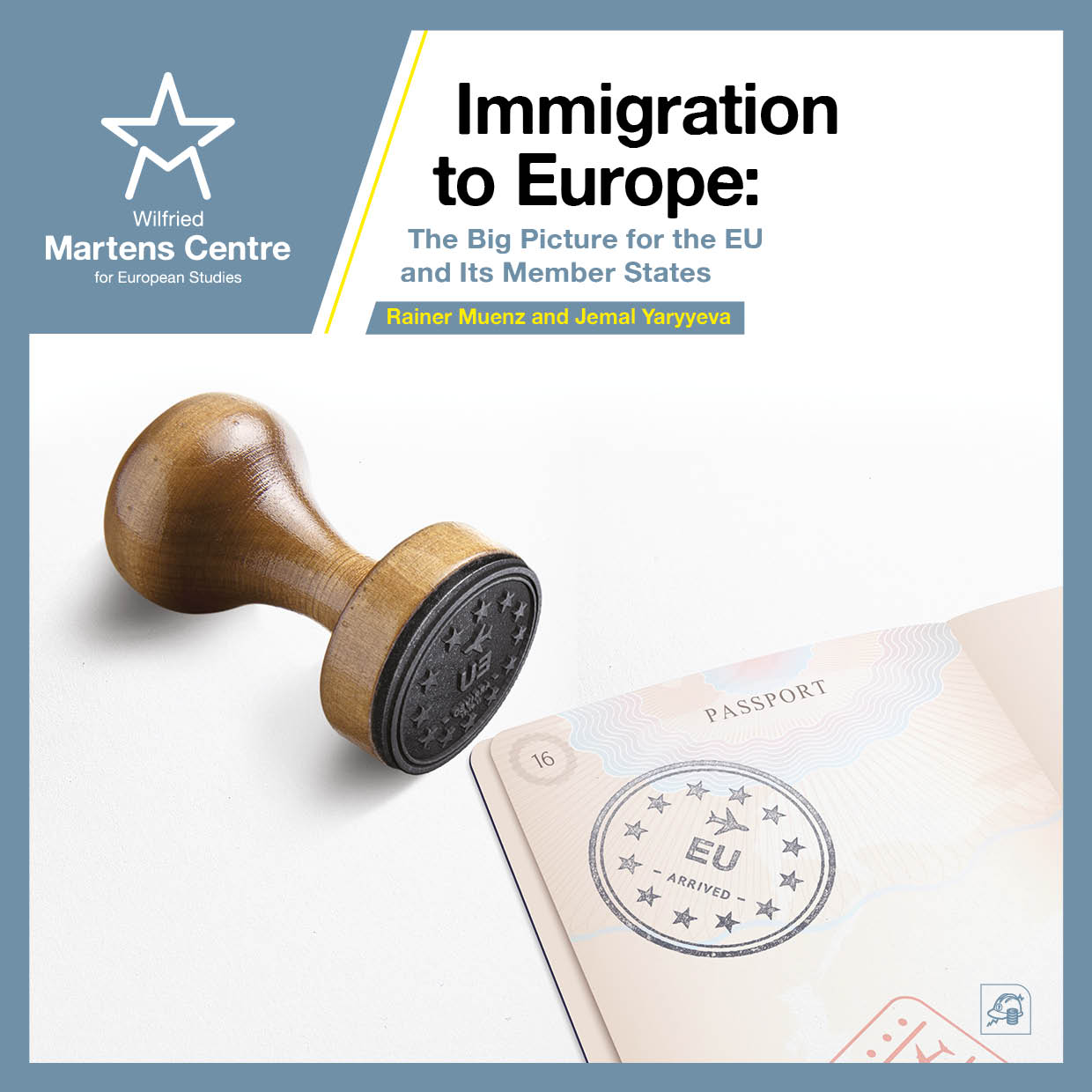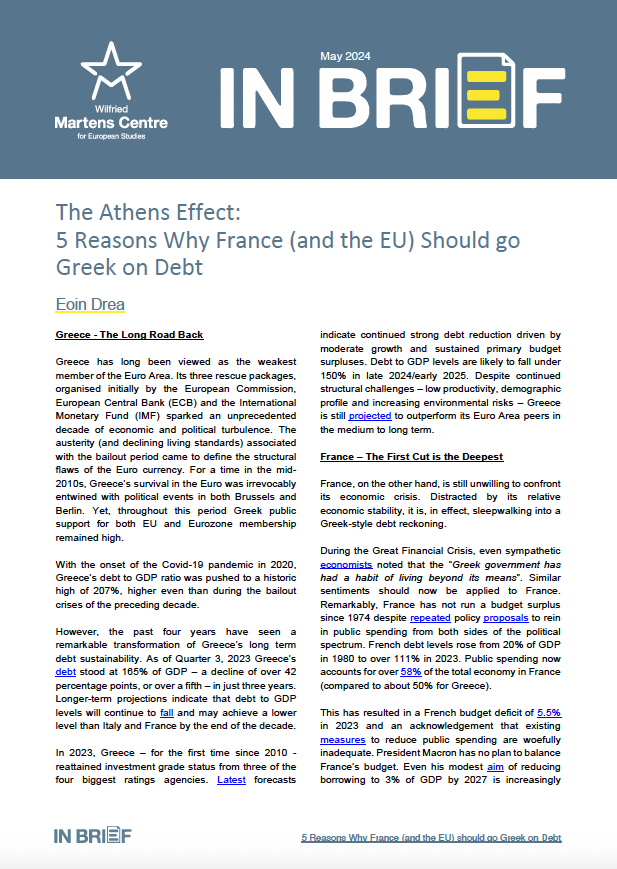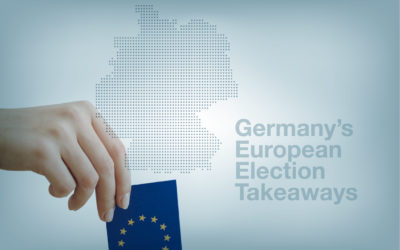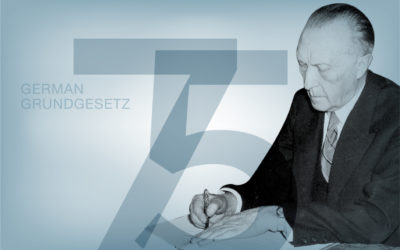The Visegrád Four: working together better thanks to EU membership?
09 May 2014
The tenth anniversary of the EU enlargement to countries in Central and Eastern Europe offers an opportunity to take stock of the Visegrád Four, a grouping of Czechia, Hungary, Poland and Slovakia. What has EU membership meant for the Visegrád Four? Should the group have been dissolved when its members entered the EU, as some were suggesting at the time of accession?
In my opinion Visegrád cooperation has its justification even inside the EU. However, its potential remains unfulfilled.
The Visegrád Four has rarely functioned smoothly. The initial Czech boycott in the first half of the 1990s was followed by a paralysis caused by Mečiar’s authoritarian political regime in Slovakia up until 1998.
High-level disputes over the so-called Beneš decrees created rifts between Slovakia and Czechia on one hand, and Hungary on the other hand. Disagreement continues between Hungary and Slovakia regarding the Hungarian citizenship law that affects the Magyar minority in Slovakia.
In foreign policy each of the four countries, including Poland, pursue their narrow national interests even in situations where pulling together would be more effective.
Position in areas such as agricultural policy are far from unified and there is often precious little policy coordination even when it would be beneficial to all.
So is it all negative between the lands of Visegrád? Thankfully, there are positive developments, too.
A closer look reveals that membership in the EU is indeed providing a new raison d´être for the Four: the Visegrád countries do sometimes coordinate their positions in intergovernmental negotiations on different EU policy areas. Energy, defence and security are cases in point. The governments of the four countries have been working especially closely in these areas in response to the evolving Ukrainian crisis.
The group has also jointly supported democratisation processes in Eastern Europe and advocated further EU enlargements.
When it comes to economic policy, the members share the commitment to responsible public budgeting. They have, through joint efforts, made sure that the EU’s banking union will remain open to those countries which currently do not have the euro as their currency.
What is sometimes forgotten, is that the Four have succeeded in creating the Central European Free Trade Agreement (CEFTA) to increase mutual trade. The CEFTA has succeed beyond expectations. Whilst its founder countries have left CEFTA on their entering the EU, this free trade area now includes now a number of countries in Western Balkans that aspire to the EU membership.
And separately from the national level, non-governmental organisations, churches, researchers, business and regional and municipal governments cooperate closely on a daily basis. To some extent, this is thanks to the government-funded International Visegrád Fund. Collaboration is stronger today than it was ten years ago.
Nevertheless, scope for improvement remains large. For example, the Visegrád Four could more forcefully advocate keeping the EU an open trading economy averse to government protectionism.
The degree of integration in the Visegrád Four is far less than, for example, integration between the three countries of the Benelux. A common parliamentary assembly, such as exists in the Benelux, is a distant dream. Also the Nordic Council could serve as a model of cooperation based on shared values.
It is up to enlightened politicians in Slovakia, Poland, Hungary and Czechia to work together more constructively. Here is hoping that they will use the next ten years of EU membership to fulfil the potential of cooperation between the four countries.
ENJOYING THIS CONTENT?




